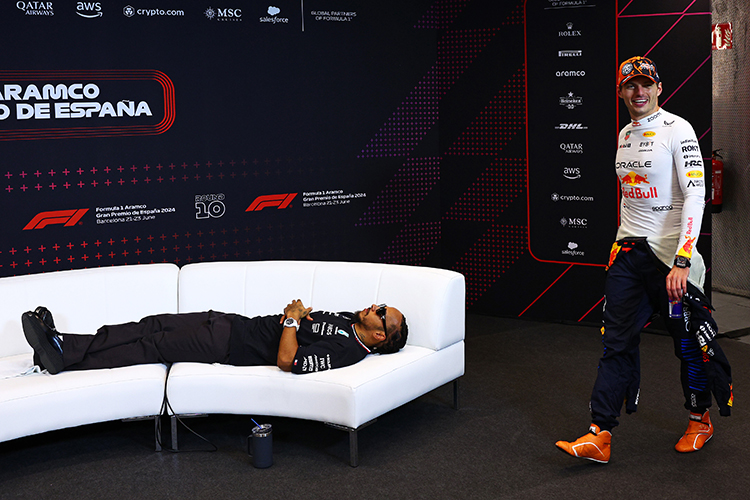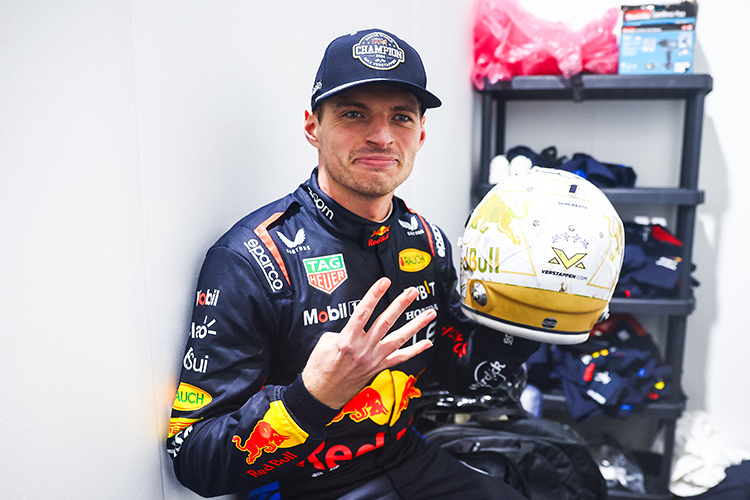The Thrills and Complexity of Formula 1

Formula 1 World Champions: A legacy of racing legends
Formula 1 about essay
The Thrills and Complexity of Formula 1
Discover the thrills, technology, and strategy behind Formula 1, the ultimate motorsport. Explore the history, cutting-edge engineering, iconic drivers, and the future of F1 racing.
Formula 1 (F1) is widely regarded as the pinnacle of motorsport, captivating millions of fans globally with its perfect blend of speed, advanced technology, and dramatic moments. The sport is not just about racing; it combines high-performance engineering, strategic brilliance, and unmatched human endurance. This article explores the various factors that contribute to F1’s status as one of the most exciting and intricate sports in the world.
Historical Context of Formula 1
Formula 1 has a rich history that dates back to the early 20th century. The inaugural Formula 1 World Championship took place in 1950 at Silverstone, United Kingdom. Over the decades, F1 has evolved both in terms of its technological advancements and its global reach, attracting a massive commercial following. Iconic drivers such as Ayrton Senna, Michael Schumacher, and Lewis Hamilton have left an indelible legacy, each contributing to F1’s rich heritage in their unique ways.
The Technology Behind Formula 1
One of the most captivating aspects of F1 is its cutting-edge technology. The cars, crafted by some of the world’s top engineering minds, are marvels of modern design. Each vehicle features thousands of components, optimized to maximize performance and efficiency. Key elements such as aerodynamics—including front and rear wings, bargeboards, and diffusers—play a critical role in improving downforce and reducing drag.
In recent years, F1 has made significant advancements in hybrid technology. The modern power unit combines a turbocharged internal combustion engine with an Energy Recovery System (ERS), harnessing both kinetic and thermal energy. This not only tests the raw speed of the cars but also challenges teams to innovate for energy efficiency and sustainability.
The Strategy of Formula 1 Racing
While the cars themselves are technological masterpieces, strategy plays a crucial role in every race. Teams rely on a dedicated team of strategists who monitor real-time data to make crucial decisions on pit stops, tire choices, and fuel management. These decisions can be the difference between victory and defeat. The introduction of rules like the safety car and virtual safety car has added even more layers of complexity, requiring teams to adapt quickly to changing conditions during the race.
The Drivers: The Heart of Formula 1
At the core of Formula 1’s success are its drivers, whose skill, courage, and precision are unmatched. Piloting an F1 car demands physical fitness and mental resilience, as drivers endure extreme G-forces and must maintain focus at speeds exceeding 200 mph. The ability to make split-second decisions under intense pressure sets F1 drivers apart from athletes in other sports.
The Circuits: Challenging and Iconic
Formula 1 races take place on some of the most challenging and iconic circuits in the world. Tracks like Monaco, famous for its tight corners and narrow streets, and Spa-Francorchamps, with its elevation changes and high-speed corners, push both car and driver to their limits. Each circuit presents unique challenges, requiring teams to adjust their car setups and strategies to meet the specific demands of the track.
The Global Spectacle of Formula 1
Beyond the technological and human elements, Formula 1 is also a global spectacle. Each Grand Prix weekend attracts hundreds of thousands of fans, transforming every race into a celebration of speed, culture, and motorsport. The sport’s international calendar includes races in diverse locations, from the deserts of Bahrain to the bustling streets of Singapore, making F1 a truly global phenomenon.
The Future of Formula 1
As Formula 1 moves forward, it faces both challenges and opportunities. The sport is committed to sustainability, with a target of becoming carbon neutral by 2030. Efforts such as introducing budget caps and standardizing certain parts are aimed at leveling the playing field, making the competition more exciting and accessible.
The rise of digital media and eSports has also opened new avenues for fan engagement. Platforms like F1 TV and virtual racing championships allow a younger, tech-savvy audience to enjoy the sport in innovative ways, further expanding F1’s fan base.
Conclusion: Why Formula 1 Remains the Ultimate Motorsport
Formula 1 is a thrilling combination of speed, technology, and strategy, backed by a rich history and a commitment to continuous innovation. It remains the ultimate test of human skill and engineering prowess, captivating millions of fans around the world. With its focus on sustainability and fan engagement, F1 is poised to continue evolving while staying true to the core elements that make it the premier motorsport.
Up Next



